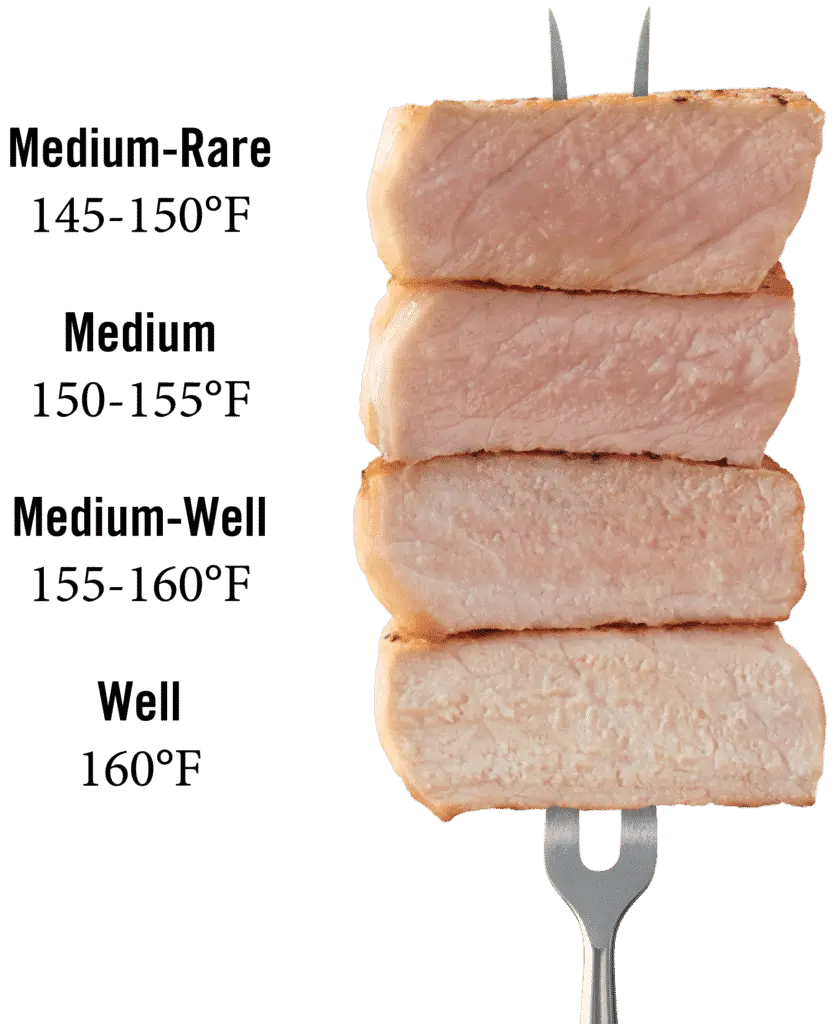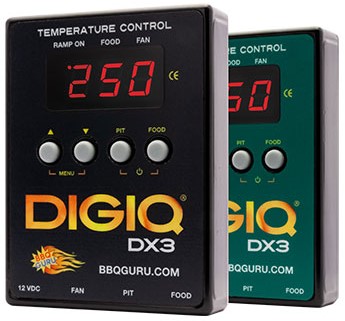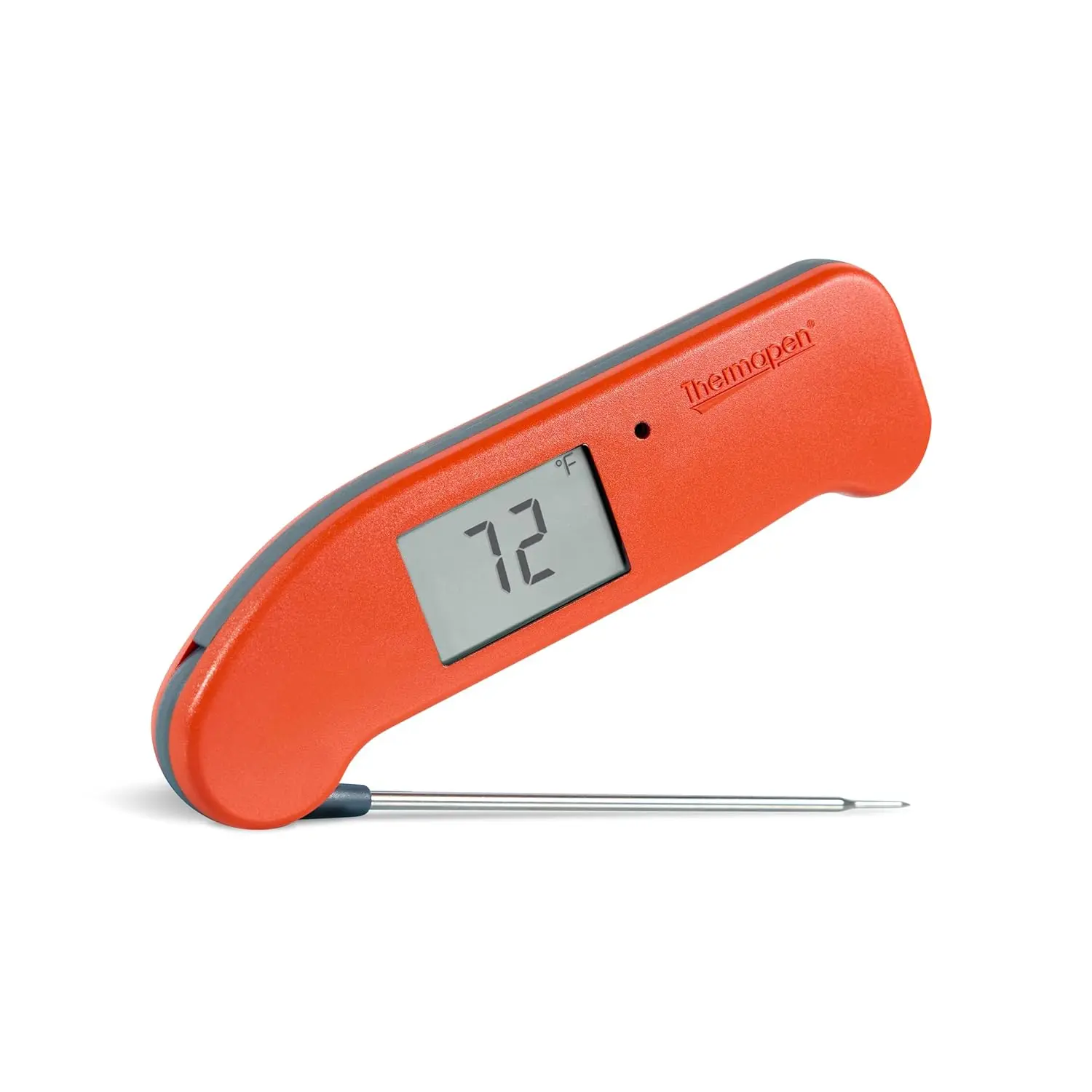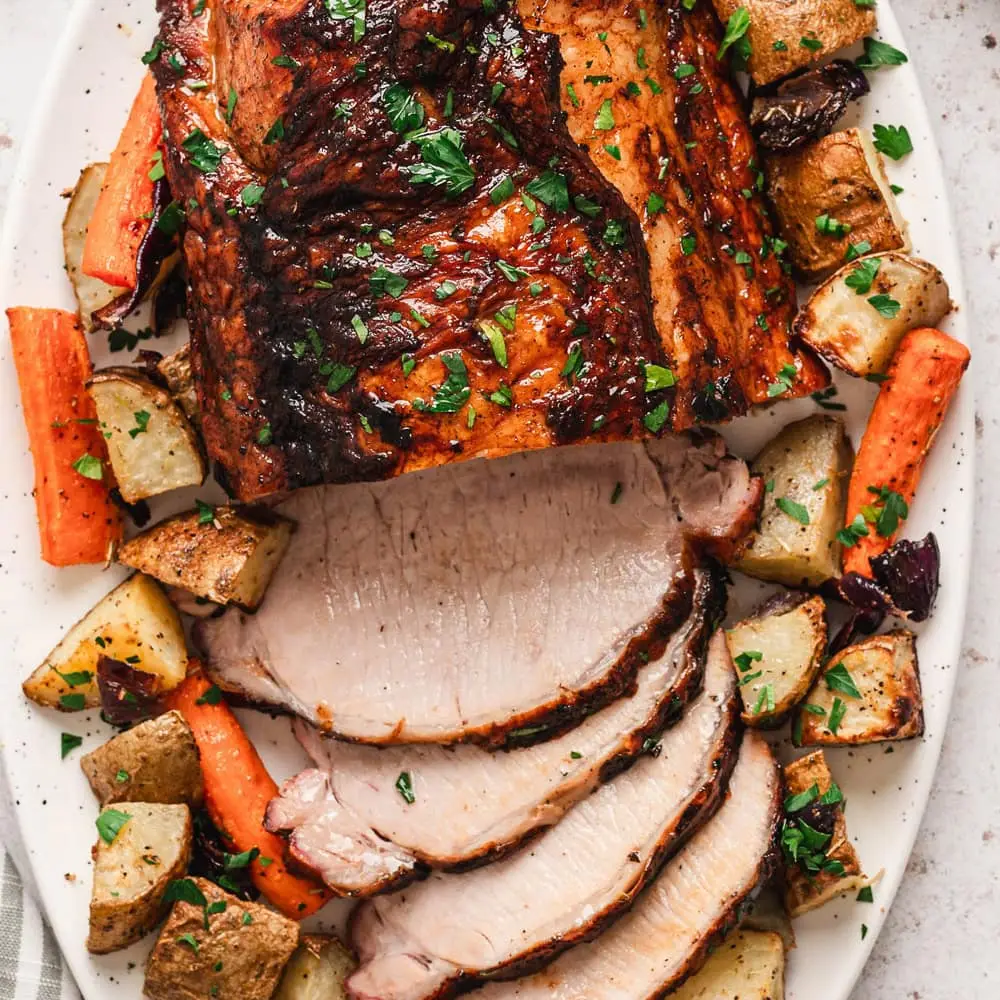
Perfect Temp For Pork When Done: Ensuring Safety & Maximizing Juiciness
Knowing the correct internal temp for pork when done is crucial when it comes to flavor, texture, and more importantly safety. If you undercook it, you risk food borne illness. Overcook it, and it becomes dry, tough, and not so enjoyable. Considering guidelines from food safety authorities – it’s all about the health factor first. Taste comes second after mastering correct temperature to cook pork to. There’s definitely a science behind it, but nothing scary or impossible to master. Don’t worry, there is helpful equipment available to take the fear away and make things easier – namely digital meat thermometers, which we will get into a bit later on. Focus first on understanding what the proper internal doneness temperatures for pork are. Once you know this the fun part of cooking experimentation comes next, and will make all the difference between a safe, tender & juicy bite versus a risky, undercooked one. Let’s break it down.
Understanding Pork Cooking Temperatures: Why It Matters
Temperature controls how safe and tasty your product will be. When you cook pork to the right temperature internally, you kill bacteria and parasites that cause illness. At the same time cooking with the right amount of heat, and keeping that temperature steady for the duration of the cook preserves moisture and keeps the meat tender.
The Basics of Cooking Pork Safely
Food safety guidelines from the USDA recommend cooking pork to an internal temperature of 145°F (63°C), which would be considered a medium rare. That kills harmful pathogens like Trichinella Spiralis, which can cause Trichinosis. But if you go too high, the meat loses its juiciness and can turn dry and tough.
Temperature Standards for Different Pork Cuts
Different cuts of pork need different temperatures, depending on how they’re prepared. Whole cuts — such as chops and roasts — are safe at the USDA’s recommended temperature. Ground pork, however, needs to be cooked hotter due to the grinding process, which can spread bacteria. There are various cuts from tenderloin to belly & loin, spareribs, baby back ribs, & shoulders a.k.a. pork butts. All requiring their own time and attention.
- Whole cuts (roasts, chops): 145°F (63°C), followed by a 3-minute rest.
- Ground pork: 160°F (71°C).
- Pulled pork shoulder (slow-cooked): 190°F – 205°F (88°C – 96°C), for tender, shreddable meat.
- Cured pork (bacon, ham): Usually eaten cold, but must be cooked to at least 145°F (63°C) if heating.
Optimal Internal Temperatures for Different Types of Pork
Knowing the exact temp for pork when done helps you cook each cut to perfection. Here are the recommended targets:
Pork Chops and Steaks
- Goal: 145°F (63°C) with a slim 3-minute rest.
- Why: This temperature keeps the meat juicy and tender. Resting allows the heat to distribute evenly.
Pork Roasts
- Goal: 145°F (63°C), then let rest for 3 minutes.
- Techniques: Use a meat thermometer to avoid overcooking. Either cook slowly in the oven or use a smoker for even heat.
Ground Pork
- Goal: 160°F (71°C).
- Why: Grinding spreads bacteria inside the meat. Cooking hotter ensures safety.
Pulled Pork and Slow-Cooked Pork
- Goal: 190°F to 205°F (88°C to 96°C).
- Why: Higher temps break down collagen, making the meat falling apart. Use a slow cooker or smoker for best results.
Bacon and Cured Pork
- Safety: Cured meats are safe to eat cold if cured properly.
- Cooking: When heated, reach 145°F (63°C). Cooking time varies based on thickness.
How to Measure Pork Temperature Accurately
Using the right kind of temp gauging tool is key. There are all types best for their perspective cooking applications. In the barbecue arena, for example, a good digital meat thermometer offers the best accuracy over dial thermos when it comes to slow cooking/smoking meats. These are designed to be inserted directly into meat while on the pit the entire time, while dial thermometers simply read the temperature of the cooking environment. They give accurate readings so you don’t have to be checking manually.
Remember, holding cooking temperatures steady is key for not overcooking pork. By opening and closing a lid/door too often you risk drying it out due to temp fluctuations from heat loss and recovery. They also make some cool ones that can simultaneously control pit & oven temperature for you while monitoring internal temp, so you don’t have to constantly be opening & closing doors/lids. We use these smart digital temp controllers all the time on our cooks to produce some of the best most tender and juicy barbecued pork ever. Plus, they allow us to catch some zzz’s on longer cooks like with butts and other meats, because we don’t have to be on hot standby mode manually presiding over them. They’re great!
Just relying on cooking time? That’s a gamble, but can be done with experience. Instant-read thermometers are pretty good for that. They require the least amount of time for cooker doors to be open. Moral is…. always keep close tabs on internal temp for consistency using the best tool for the job.
Tips for Precise Measurement
- Insert your meat thermometer into the thickest part of the meat. This insures you get the most accurate temp for pork when done.
- Stay away from bones — they can skew the temperature.
- Let the meat rest after cooking. The temperature can rise another few degrees during resting, which is commonly referred to as “carryover cooking”.
Common Mistakes to Avoid
- Relying solely on cooking time instead of temperature. Unless you are a seasoned pitmaster or chef with experience you may not want to chance it until getting better at it first.
- Forgetting to calibrate your thermometer regularly. Sometimes thermos need to be re-calibrated every so often to ensure optimal performance. Not so much with pro quality digital meat thermometers.
- Cutting into the meat too early, losing juices and skewing the temperature reading. This is where the importance of “resting” comes into play. Depending on the cut this can be anywhere from 10-15 minutes, to up to 1 hour. More than that is not really necessary. You just want the juices to redistribute, which doesn’t take long with pork.
Tips for Cooking Pork to the Perfect Temperature Every Time
Preparation saves you from overcooking or undercooking. What I mean by this is you should have a game plan in mind before you even start on how you’re going to execute things. This definitely includes having all your necessary tools ready, so you’re not scrambling trying to locate them while cooking. This used to happen to me early on when I first started smoking meats. And let me tell you, the times I would need a meat thermometer or a spray bottle handy would come up quick and catch me off guard. It was all due to not being prepared. So, this is why it’s imperative to make sure you have all your reliable tools on hand from the start.
Another tip would be in regard to even cooking. Make sure your pork is as close to, or at room temperature before hitting the heat as possible. Why is this, you ask? So that the pork’s outside layer won’t end up cooking faster than its center. The last thing you want is to have an overcooked surface layer, and a cold undercooked center. I preach it all the time, cooking meat evenly, and at a steady temperature all the way through will produce a much more tender and juicy result. Use this automatic temperature controller on your next barbecue cook and let it produce a fantastic result for you.
Tip number 3 is rest. Resting the meat after cooking; it helps redistribute natural meat juices internally as temperature stabilizes. It’s a pro move.
Practical Cooking Methods
- Grilling pork chops: Cook until 145°F, then rest for 3 minutes.
- Slow roasting/smoking pulled pork: Cook until it hits somewhere between 190°F & 205°F, then shred easily.
- Pan-searing and oven finishing: Sear in a hot skillet, then finish in the oven for even cooking to your desired internal temp of at least 145°F or above. Anything beyond 160°F and you risk a dry overcooked result.
Safety and Quality
Follow USDA guidelines but feel free to cook pork slightly under or over if you prefer. Look for clear signs of doneness—juices run clear, meat feels firm—not just a temperature number.

Conclusion
Getting pork just right is all about knowing the correct temp for pork when done. Avoid guesswork by using a good meat thermometer and sticking to safety guidelines. The small extra effort makes your meat safe and oh-so juicy. Invest in reliable temp gauging equipment, be patient, and you’ll serve perfectly cooked pork every time. Your taste buds and health will thank you!




